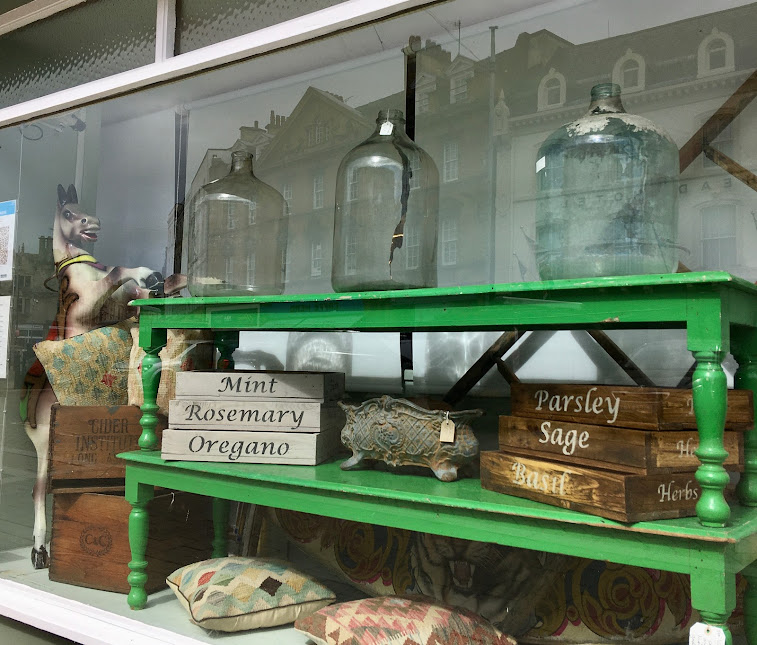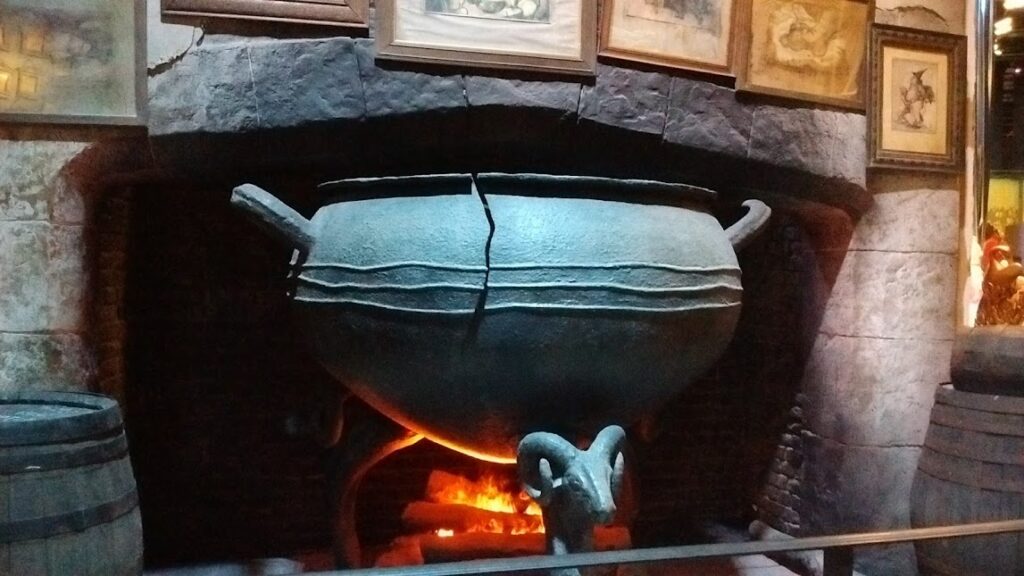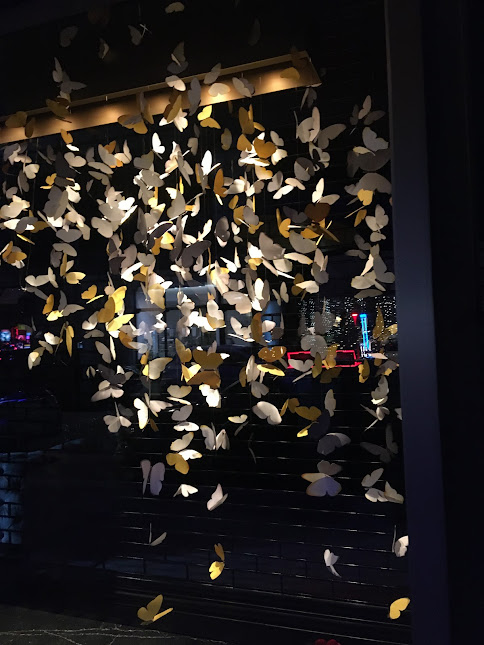This Week’s Bit of String: Chemistry Revision
We’re finally down to our last two GCSE exams. Chemistry next Monday and Physics on Thursday. I miss studying for English, giving students fun writing and reading exercises. Now it’s all Sciencey stuff: alkanes and alkenes, distillation processes, waste water treatment, collision theory.
But the fundamentals, like the laws of physics and the reaction rules of chemistry, have a certain beauty in their massive all-encompassingness that inspires me and makes me think about the creative process.
A young neurodivergent student once advised me, “It’s dangerous to mix acid with hair dye, or toxic waste with gin and tonic, or potassium and mitochondria, or to put too many herbs with onions.”

I don’t know how exactly you would mix mitochondria and potassium if you wanted to, but with writing we do get to combine all kinds of things. Sometimes they are dangerous, but they almost definitely won’t explode. I love imagining a massive, dim chamber full of vials and beakers, some steaming and some icy, all different hues. We can grab whichever settings and character flaws and plot elements we like, mix them up, and see if it creates gold.
Later this month I’ve got a story coming out in The Phare online magazine. It’s called “The Albatross of Albany High School,” and I’m so proud and excited for it to be read. With Coleridge references and a young adult point of view, it’s made of weird ingredients, but after extensive experimentation, I think I got it right.
Back to Basics
States of matter are a revision favourite. Kids love reviewing what they already know. It’s reassuring, I suppose, like when you’re working on a draft and you keep rereading your favourite crafted dialogue.
Since making models of the different states of matter in Year 7, the students recall how particles move differently within solids, liquids, and gas. They’re not always able to name the processes that change a substance from one state to another, but I can give it a go.
Condensation: When we try to write a story, the idea is like a gas. Particles move freely, expanding to invisibly fill whatever space they’re in. It’s hard to stop thinking about it at the ideas stage, isn’t it? It bounces around your brain and will consider bonding with any random thing you hear or see.
Once we expose this high-energy idea gas to the cooling logic of a plan by simply sitting down at the computer or picking up pen and paper, the gas starts condensing into a liquid. As we start writing, whether in notes or as a draft, the particles compress enough to have shape, albeit a slippery, shifting one.

There’s always a chance it will all evaporate again, and that’s ok. Some substances are best in that form.
Solidification: While drafting, the shape of our narrative settles from liquid to solid. It doesn’t mean you can’t still change the shape; we can whittle, drill, varnish, and paint. It just means the particles aren’t moving around and have finally drawn close to each other.
With less movement, a particle has less energy. But it also has a higher pressure. (As in, solids exert more pressure than gas.) I think that’s true of our creative process too; we might feel more excited as we’re snatching ideas and a bit less excited once they’ve solidified and we’re chiseling and polishing. However, this gives us an opportunity to exert pressure, to create impact.
Altering Carbon
Here’s another chemistry unit off the revision list that makes me think of writing. Any chemical reaction can be helped along by certain factors, and it’s the same with our creativity.
Temperature: This is the first thing we usually think of to speed up a reaction: heat it. It’s the first thing to consider with an idea, too. Does it spark within you, does it really excite you? When crafting a story opening, the inciting incident must be evident almost immediately. The reader needs to be drawn to the flame. Gentle warmth amongst the characters is important as well.
Concentration: The more particles you have, the more reactions you’ll get. It helps me to scribble every day in my journal and jot down anecdotes, responses, fantasies, what-ifs. Most of the ideas and thoughts won’t bond with anything enough to form a cohesive story. But the more ideas you can gather, the better your chances. Sarah Tinsley has some great articles on her blog about getting more ideas, like this one.

Pressure: A deadline can be useful. Time goes through different states of matter, it seems… It can be a gas which expands to fill the space. When we think we have lots of time, we’re a bit aimless. But then suddenly time sublimates into a solid, and the pressure is on. Sometimes that’s where the magic happens.
Catalyst: A catalyst can be a substance or a position. With creativity, a catalyst can be a pre-existing structure. Retelling an old myth, subverting a trope, or speculating on an alternative to a historical event, can all jumpstart our process when we feel ideas have dried up.
These altering factors are part of collision theory: a chemical reaction requires particles to collide at the right angles and with the right energy. Not everything is going to work. Ideas will pass us by, and some we’ll need to pass over. The main battle I have is with energy. A lot of mine goes on work and family, and it’s hard to maintain some for condensing and solidifying stories.
What helps my energy, though, is a fresh perspective and a rare publication. Collide even chemistry with literature at the right angle, and inspiration wafts through the air. All those vials to be unstoppered, and the occasional success: a shimmering gold acceptance.
What are you concocting right now?